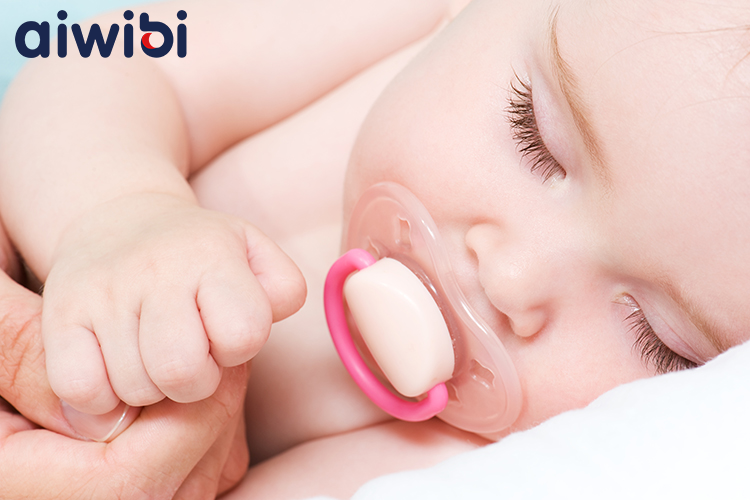Whether you're expecting and designing your baby's nursery or your precious bundle has already made their grand entrance, ensuring a peaceful and safe sleep for your newborn likely dominates your thoughts.
Naturally, every parent wishes for their baby to sleep soundly. However, the paramount concern is ensuring the sleep is safe. Adopting wise and secure sleep habits can drastically reduce the risk of Sudden Infant Death Syndrome (SIDS) and other sleep-associated hazards. Thus, familiarizing oneself with safe sleep protocols is indispensable for every new parent.
Fear not, these guidelines are straightforward.
Where Should a Newborn Sleep?
It's recommended to share a room but not the bed with your newborn. The American Academy of Pediatrics (AAP) advises against cosleeping (letting your baby sleep in your bed). Place your baby in their own bassinet or crib. This is because pillows and blankets in your bed could become potential threats. Additionally, there's the risk of the baby falling off the bed or someone unintentionally rolling over onto them.
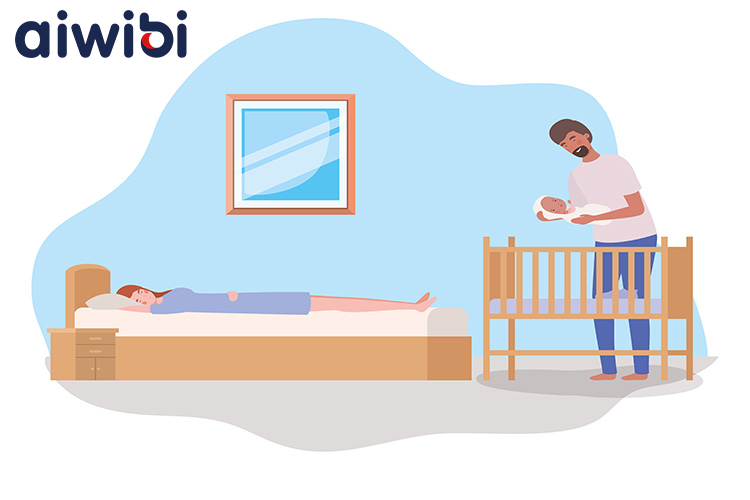
Selecting the Right Crib or Bassinet
A bassinet should boast a broad, sturdy base to ensure it doesn't tip or collapse.
Crib slats and corner posts shouldn't be spaced more than 2 3/8 inches apart, roughly the diameter of a soda can. Wider gaps can be hazardous, potentially trapping a baby's head.
If considering a pre-owned crib, ensure there's no chipped paint, splintered wood, or visible cracks.
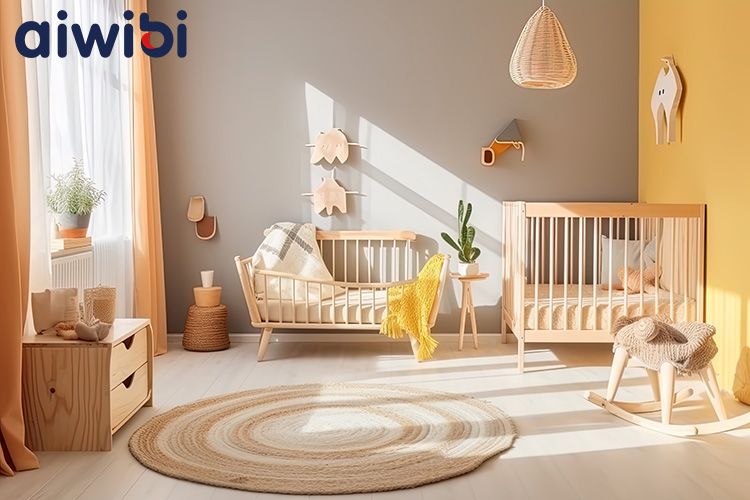
Positioning Your Newborn for Sleep
Consistently place your baby on their back on a solid, even surface for both naps and bedtime up to their first year. Sleeping on the tummy can elevate the risk of suffocation, overheating, and SIDS.
If it seems like your newborn has rolled onto her side, that’s probably her reflexes at work. She’ll likely lose the ability to do that by the time she’s a month old.
Once your baby can independently roll over while sleeping, both from back to tummy and vice versa, you can let them continue sleeping in that position.
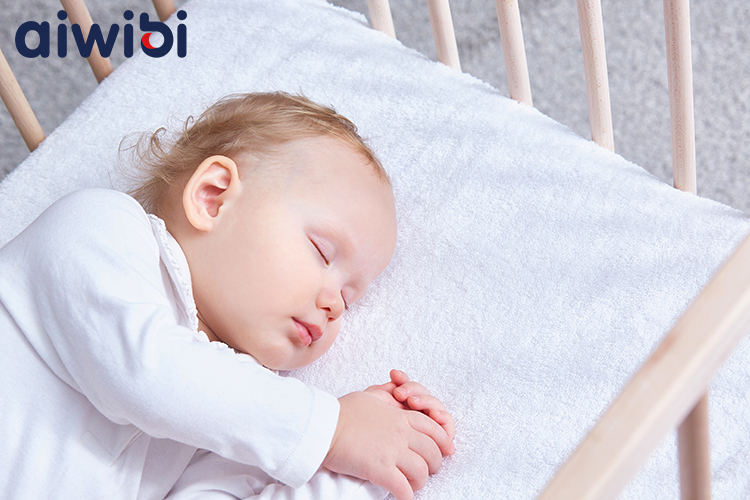
Safety Measures Inside the Crib or Bassinet
Ensure the baby sleeps alone on their back, devoid of bumpers, stuffed toys, blankets, or pillows.
Keep the crib's surroundings clear of any items the baby could potentially grab.
Ensure no cords (like those from lamps or baby monitors), curtains, or similar items are within the baby's reach to prevent suffocation or strangulation risks.
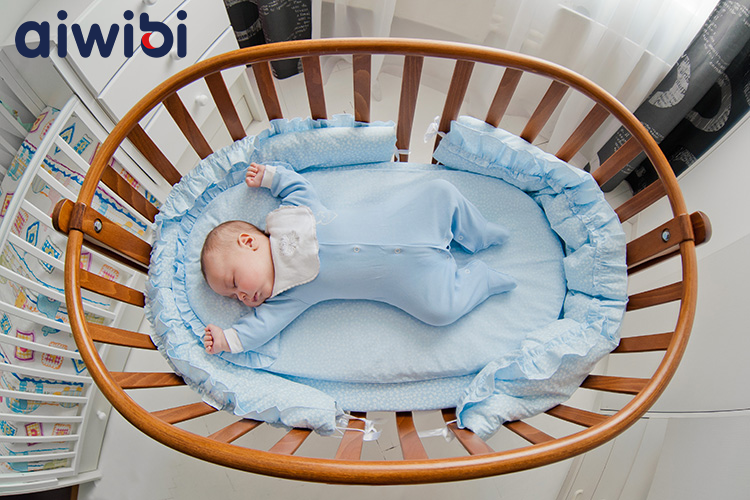
The Pacifier Advantage
Introducing a pacifier can mitigate the risk of SIDS. Although the exact reason remains a mystery, experts speculate that babies with pacifiers might not sleep as deeply, allowing them to awaken more easily. Another theory suggests that the pacifier might create an open airspace around the baby's mouth and nose. However, if your baby isn't keen on it, there's no need to force its use.
